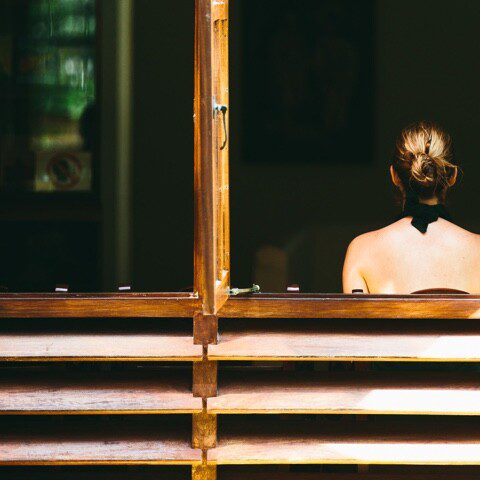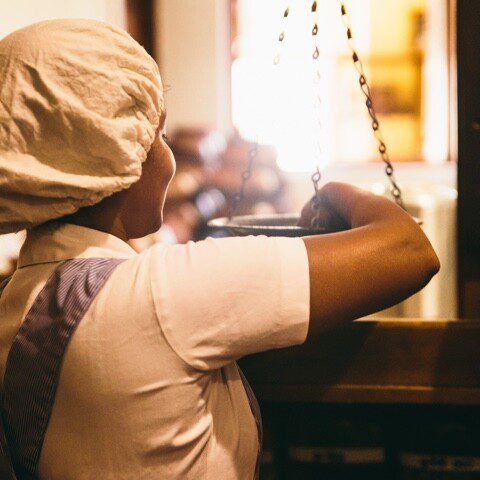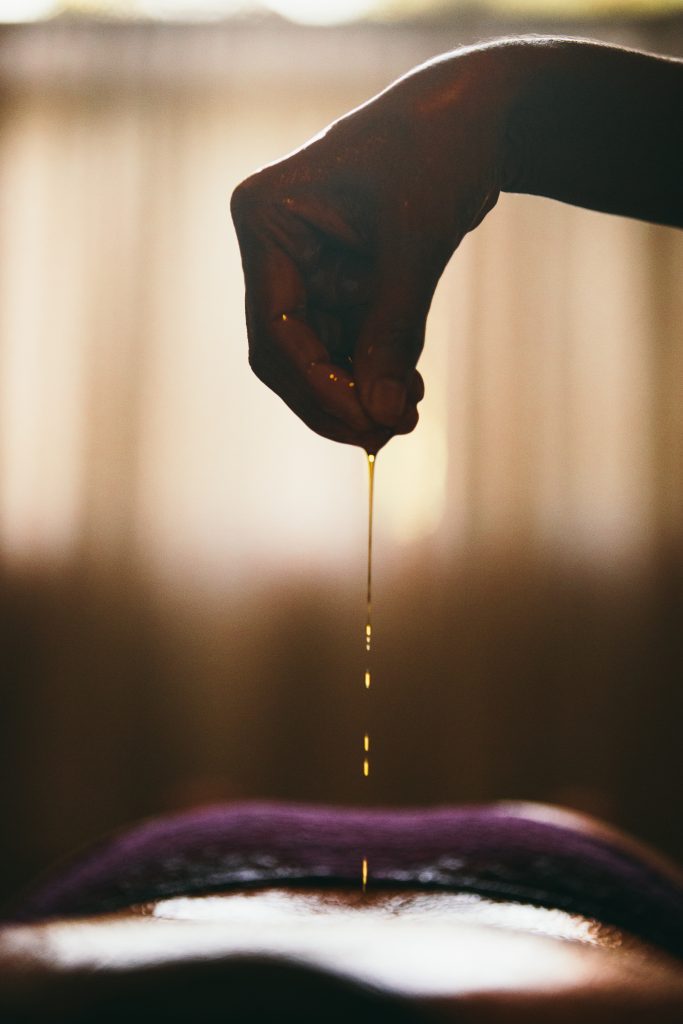Name of medical problem: Sciatica (Back pain)
Ayurveda name: Gradhrasi
Cause of illness: According to Ayurveda, Sciatica is usually caused by an increase or aggravation of “vatha dosha”. The buttocks and part of the thighs and legs are serviced by the Sciatica nerve. Pressing of the Sciatica nerve and inflammation of the areas surrounding the Sciatica nerve lead to this medical condition. The damage of the Sciatica nerve slows down or prevents conduction of impulses through the nerve.
Damage to the Sciatica nerve can be caused through strenuous activity such as lifting weights or over-exposure to cold wind. Prolonged sitting or lying with pressure on the buttocks may also damage the nerve. Systemic diseases such as diabetes can typically damage many different nerves, including the Sciatica nerve. The Sciatica nerve could also be injured by fracture of the pelvis, or other trauma to the buttocks or thighs.
Symptoms: Back pain experienced in the region of the buttocks, the back of the thigh or the leg. Patient experiences difficulty walking.
- Sensation changes in the back, in the calf or the sole of the feet
- Numbness and decreased sensation
- Tingling and burning sensations
- Mild or severe pain
- Weakness of the knee or foot resulting in difficulty in walking
- Inability to move the foot (severe case)
- Inability to bend the knee (severe case)
Ayurveda Treatments:
In Ayurveda, Sciatica is treated with a combination of internal herbal pills, herbal decoctions and elixirs/ wine, and external oil applications and hot fomentation.
Internal treatment:
- Herbal pills called “Yogaraja Guggulu”. Guggulu is a resin obtained from the tree Camphora Mukul, found in South Asia. The Yogaraja Guggulu is made by making a paste of Guggulu resin, 25 types of herbs, and ghee. The medicine is very effective in the treatment of all pains of the nervous system.
- Herbal elixire/wine called the “Dashamula Arishta”. This elixir contains about 63 herbs, plums, juggery (molasses), honey and water. The name “Dashamula” comes from the fact that it has ten main component herbs (dasa in Sinhala means ten). The medicine has an anti-inflammatory property. It tones up the nerves and helps the nerves to work more effectively.
- Fresh herbal decoctions prepared by boiling a large number of dry and fresh herbs (at times up to 20 compounds). Depending on the patients’ condition, these decoctions also help to reduce the pain associated with the disease.
- To avoid constipation, which often aggravates the symptoms, Castor oil is prescribed for internal use with the decoctions. Castor oil is a good purgative and has the qualities of reducing the effect of constipation associated with Vata Dosha.
External treatment:
- External oil application on the painful parts of the body, particularly the back region, buttocks, and part of the thighs and legs with the medicinal oil called “Sarshapadi”. This medicinal oil is prepared with the base of mustard oil, camphor and vegetable turpentine
- Hot fomentation of the painful parts with the help of “Bolus” or bundles of fresh and dry herbal parts and sea salt wrapped in cloth.
The oil massage and the fomentation improves the blood circulation, stimulate and strengthen the nerves and reduces the aggravated Vatha Dosha and helps to reduce the pain.
Prospects of cure: Data analyzed shows that the majority of the patients were cured of the disease. A cure takes about 4 weeks of treatment. Almost all the patients experienced reduction of symptoms. Reduction of symptoms was seen after about 2 – 3 weeks of treatment.




